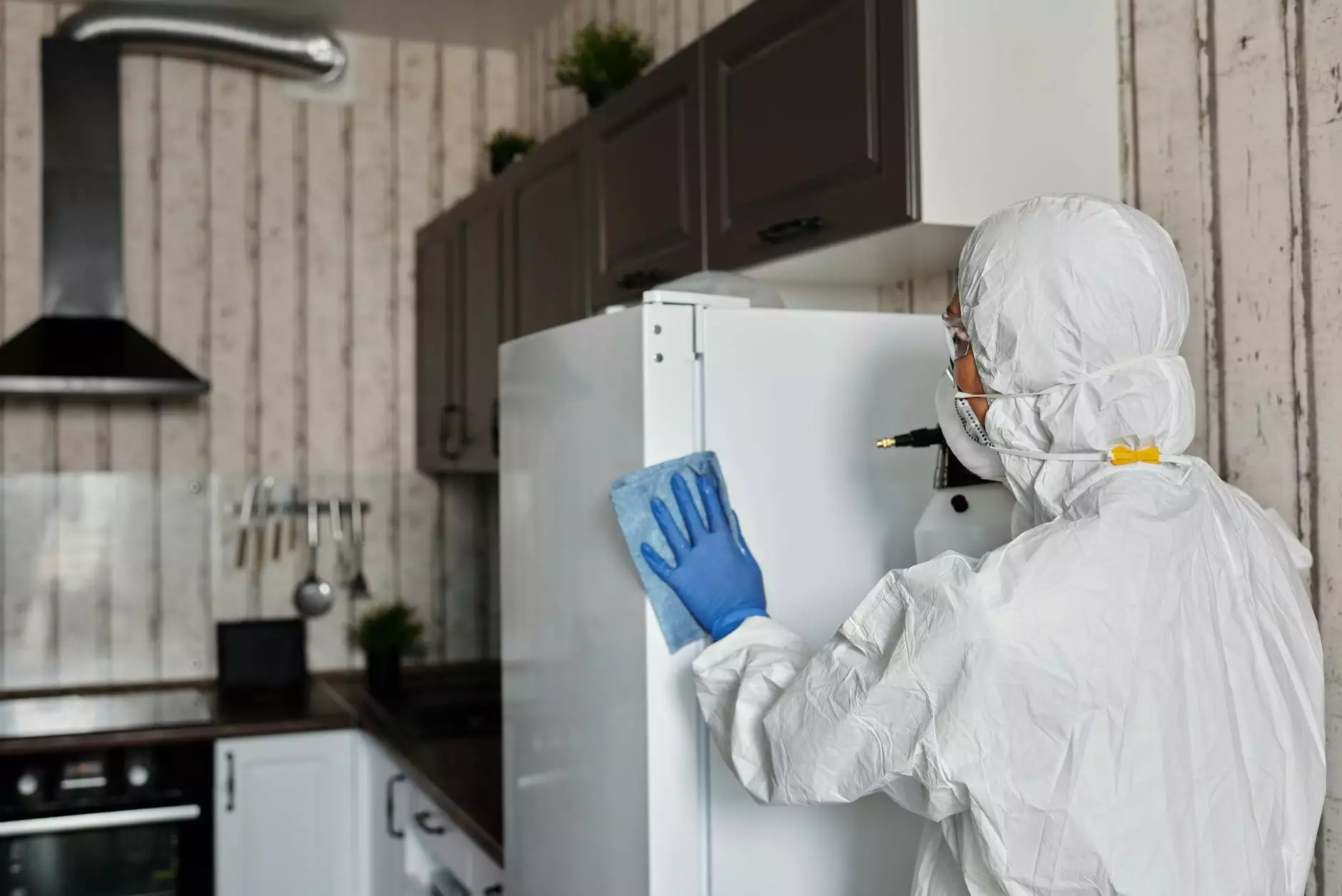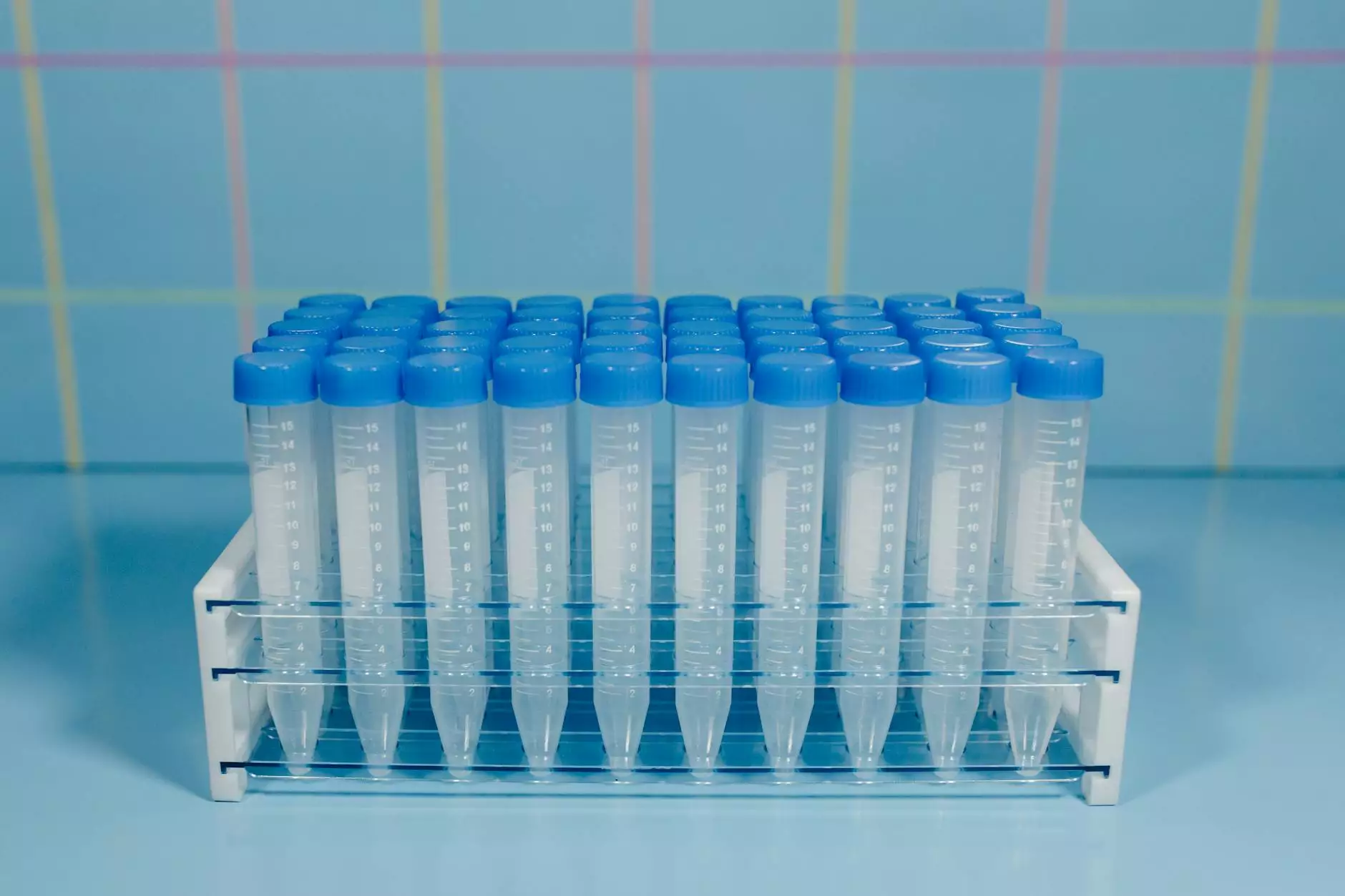The Importance of Medical Disinfectant Solutions in Healthcare

The role of medical disinfectant solutions in today's healthcare landscape cannot be overstated. With the ongoing threat of infections and the rising importance of hygiene, these solutions are crucial for maintaining a safe and sterile environment in various medical settings. This article will delve deep into the significance, types, benefits, and best practices regarding medical disinfectant solutions, ensuring that knowledge is disseminated effectively for optimal safety.
Understanding Medical Disinfectant Solutions
Medical disinfectant solutions are specifically formulated to eliminate or drastically reduce harmful microorganisms such as bacteria, viruses, and fungi on surfaces and instruments. They are essential in healthcare settings where maintaining a high standard of hygiene is critical. Let’s explore the various facets of these disinfectants.
What Makes a Disinfectant Effective?
For a disinfectant to be effective, several factors come into play:
- Concentration: The active ingredient's concentration is vital. Higher concentrations may be necessary for specific pathogens.
- Contact time: Disinfectants must remain wet on surfaces for a designated period to effectively kill germs.
- Organic load: The presence of dirt or organic material may affect a disinfectant's efficacy. Therefore, surfaces must be clean before application.
- Type of microorganisms: Different pathogens may require different disinfectants or concentrations.
Types of Medical Disinfectant Solutions
Medical disinfectant solutions come in various forms, each suited for specific applications. Understanding the types can help healthcare professionals select the right one for their needs.
1. Alcohol-Based Disinfectants
Alcohol-based disinfectants, typically containing 60-90% alcohol, are widely used for their quick action against a broad range of microorganisms. Their effectiveness comes from their ability to denature proteins and disrupt cell membranes.
2. Chlorine Compounds
Chlorine compounds, such as bleach, are powerful disinfectants that effectively kill bacteria, viruses, and fungi. They are particularly useful in cleaning blood spills and other bodily fluids but must be used with caution due to their strong odor and potential for irritation.
3. Quaternary Ammonium Compounds (Quats)
Quats are commonly used in low-level disinfection. They are safe for use on various surfaces, including those that are sensitive, like rubber and plastics. However, they may not be as effective against certain tougher pathogens, requiring proper selection based on the intended use.
4. Hydrogen Peroxide
Hydrogen peroxide is a versatile disinfectant that breaks down into water and oxygen, making it environmentally friendly. It is effective against bacteria, viruses, and fungi and can be used for both disinfection and sterilization purposes.
Benefits of Medical Disinfectant Solutions
Utilizing appropriate medical disinfectant solutions provides numerous benefits across healthcare settings. Below are some key advantages:
1. Infection Control
One of the foremost benefits of using medical disinfectants is enhanced infection control. By effectively removing pathogens from surfaces, the spread of healthcare-associated infections (HAIs) can be significantly minimized.
2. Patient Safety
Patients in medical facilities are often more vulnerable to infections. Using disinfectants contributes to a safer environment, reducing the risk of postoperative infections and complications.
3. Compliance with Regulations
Healthcare facilities are often required to adhere to strict hygiene regulations set forth by governing bodies. Utilizing medical disinfectant solutions helps facilities remain compliant and avoid legal issues.
4. Enhanced Customer Confidence
In the age of health-conscious patients, showcasing a commitment to cleanliness can enhance a facility's reputation. When patients see staff using medical disinfectant solutions, it increases their trust in the healthcare provider.
Best Practices for Using Medical Disinfectant Solutions
To maximize the effectiveness of disinfectants, healthcare facilities must implement best practices in their usage:
1. Assessing Risk
Healthcare facilities should conduct thorough risk assessments to determine which areas require frequent disinfection and what type of disinfectants must be employed.
2. Follow Manufacturer Instructions
Always adhere to the manufacturer's instructions for use, including dilution rates, contact times, and application methods. Misuse can significantly reduce effectiveness.
3. Regular Training for Staff
Providing regular training for staff ensures that everyone understands the importance of proper disinfection methods and stays updated on new products and protocols.
4. Maintaining Cleanliness
Before applying disinfectants, surfaces should be thoroughly cleaned to remove dirt and organic matter, which can hinder the disinfectant's action.
5. Proper Storage and Handling
Disinfectants should be stored in a cool, dry place, away from direct sunlight and heat sources. Ensure that all products are labeled and stored according to safety regulations.
Future Trends in Medical Disinfectant Solutions
The landscape of medical disinfectants is continually evolving as new pathogens emerge and as science advances.
1. Green Disinfectants
With an increasing focus on sustainability, there is a growing trend towards developing eco-friendly disinfectants that are effective yet gentle on the environment.
2. Enhanced Formulations
Research into more effective formulations aims to create disinfectants that can act quicker and require less contact time, thereby improving workflow in medical settings.
3. Technological Innovations
Emerging technologies, such as touchless disinfection systems, use ultraviolet (UV) light to kill pathogens, offering a hands-free solution to maintaining cleanliness in healthcare environments.
Conclusion
In conclusion, medical disinfectant solutions play a pivotal role in safeguarding the health of patients and staff within healthcare settings. Understanding the various types, associated benefits, and best practices is essential for creating a hygienic environment. As our understanding of microbial safety evolves, so too will the products we utilize. For healthcare facilities, committing to these solutions is not just a regulatory requirement—it is a vital aspect of patient care and safety.
For more information and high-quality medical supplies, visit medalkan.com, your trusted resource for health and medical solutions.









